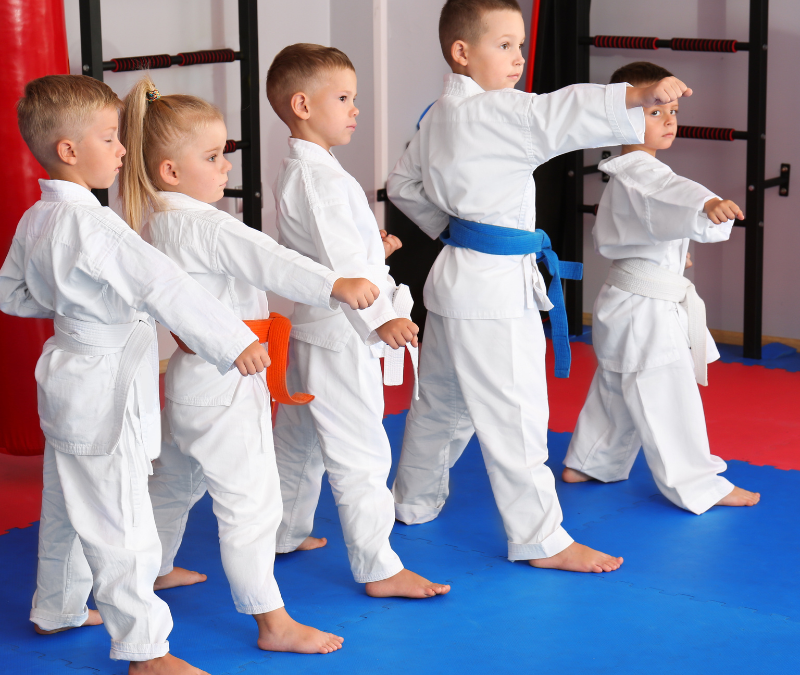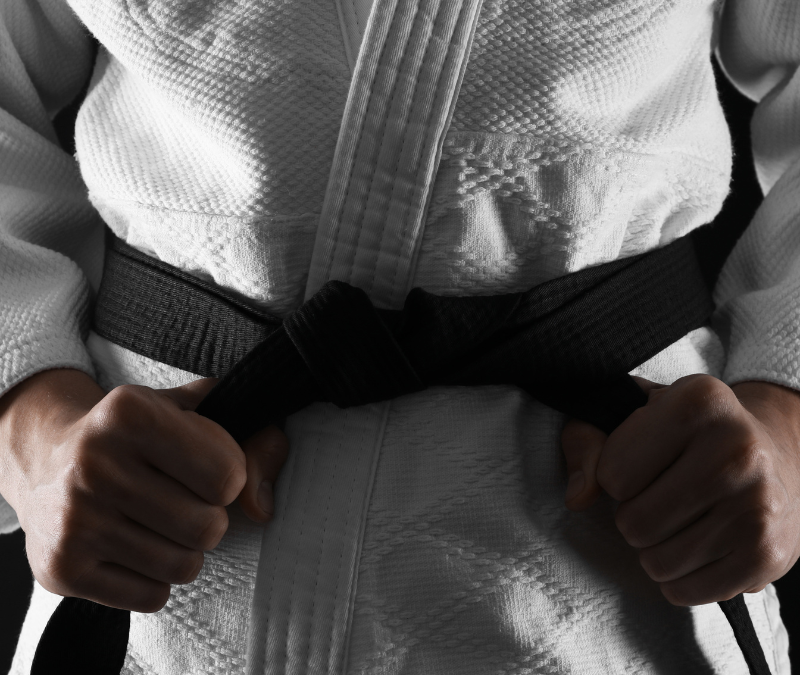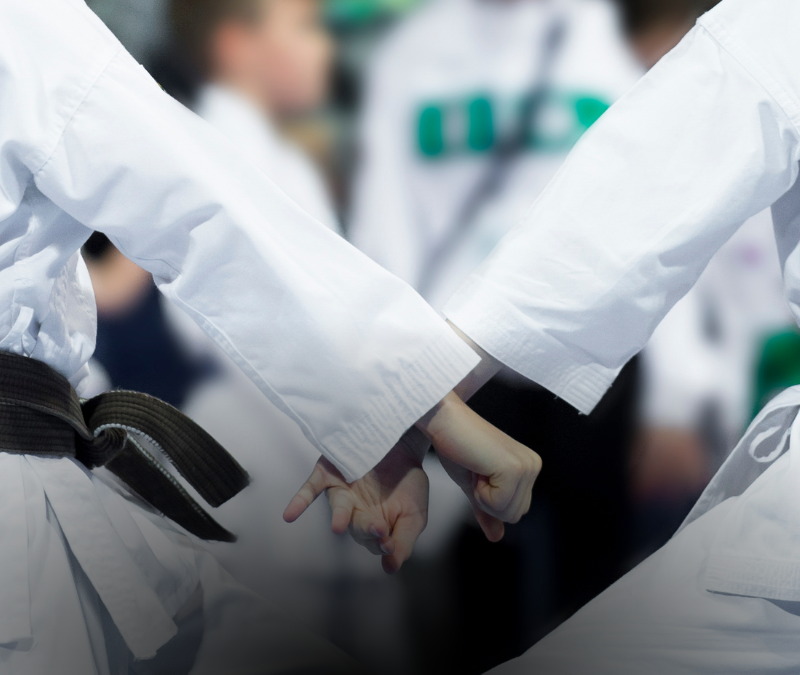Raising Healthy Kids
14 Eating Tips For Children
Are your children overweight? According to the Centers for Disease Control and Prevention, in the United States, 16% of kids ages 12-19 are.* In fact, experts call the problem of childhood obesity an epidemic, but there are some things you can do to remedy the situation and to teach kids healthier habits. Try these ideas to promote healthy lifestyles for kids:
Make small, subtle changes in food and drink choices, like serving low-fat milk in place of 2%, or putting one cookie in your child’s lunch instead of two.
Make meal and snack times special and require children to sit at a table to eat; limit snacks to two a day, no less than two hours before a meal.
Teach kids to eat slowly and to recognize when they’re full (it usually takes about 20 minutes after initially eating for the stomach to tell the brain it’s full).
Demand that your child eat breakfast.
Have kids drink a glass of water before each snack or meal to avoid overeating and eating too quickly.
Let children serve themselves and decide how much food to eat; teach them sensible portion sizes.
Read food labels before you buy anything, especially children’s snacks; watch for high carbohydrate, fat, sugar and sodium levels in kids’ snacks and treats. (Hint: If the word sugar, sucrose, glucose, maltose, dextrose, lactose, fructose, honey or syrup appears first on the ingredient list, the food likely contains large amounts of sugar; also watch for more than one type of sugar listed in the same product.)
Teach your child how to read a food label.
Replace soda in your fridge with teas, lemonade, sugar-free fruit drinks and juices, and bottled water.
Remove unhealthy foods and drinks from your home and throw away pizza coupons.
Don’t use food as a reward or as a comforting device with your children.
Don’t buy bulk food items, or if you do, re-package them into appropriate single serving bags; never let kids eat out of the “big” bag.
Limit the time kids spend doing sedentary activities (like watching TV or sitting at the computer) to no more than two hours a day; encourage activity instead.
Join children in physical activity and games; practice what you preach, especially when it comes to exercise.
Teach Your Children Well
Set an example for your kids. Don’t expect children to do as you say, but not as you do. As part of your weight loss efforts, show them a good example every day by modeling healthy eating and activity, and they’ll instinctually follow along.
- Teach limits. Children look to adults to set boundaries in every aspect of their lives—diet and eating issues are no different. If kids see that there’s leeway regarding snacks and unhealthy options, they’ll take it. Be firm with your children when it comes to food and teach balance and moderation.
- Make healthy practices a priority. No exceptions. Let nothing get in the way of making healthy food and exercise choices. Sacrifice time and money if you have to (don’t worry—the payoff will be greater in the end).
- Stay in touch with your child. Be aware of what he or she likes and doesn’t like in order to tailor a healthy regime that fits his or her preferences. Watch the eating and lifestyle choices your kids are making, and commend them when they make good decisions. Let them know that you’re open to discussing anything and continually explore new health, exercise and nutrition options.






